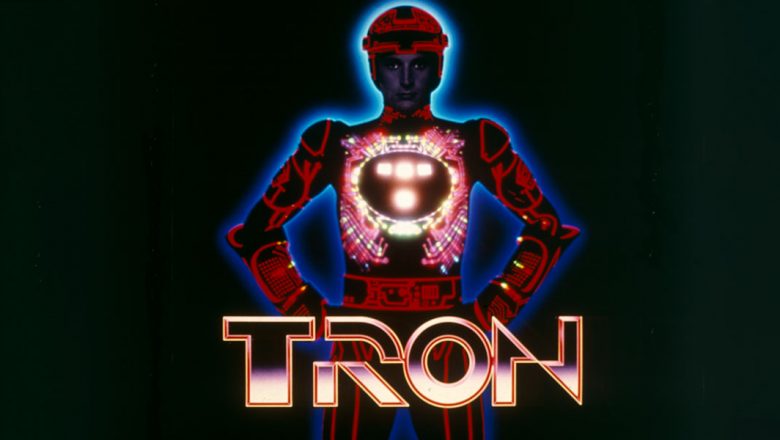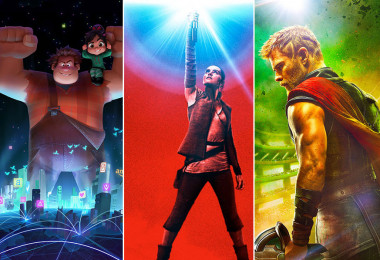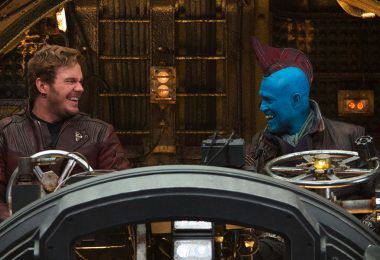This article originally appeared in a slightly different form in the Winter 2010, edition of Disney twenty-three magazine and was modified for D23.com.
Remember life before home computers? When USB drives and laptops were merely tantalizing futuristic ideas? Those were the days when TRON was created. It’s a film about enigmatic Kevin Flynn (Jeff Bridges), a young video game programmer who hacks into a mainframe computer to prove that a crooked executive stole his work, but instead is beamed smack-dab into the computer world and forced to fight for his life on the game grid. Flynn and TRON (Bruce Boxleitner), a security program, together attempt to overthrow the evil Master Computer Program (MCP), resulting in a visually stunning adventure. But how did TRON’s filmmakers begin to produce a world that exists inside a computer when in the early 1980s, computer technology was as foreign to filmmakers as it was to the public?

A Story Ahead of Its Time
TRON was clearly ahead of its time, but it was so innovative that its filmmakers had a pretty good hunch that Walt Disney himself would have been enthused and intrigued by this fascinating film about the digital world. “We made a lot of the film with traditional animation techniques,” recalls Steven Lisberger, creator/director of the original TRON and a producer of TRON: Legacy. “By using backlight and diffusion and multiple exposures, we gave the impression to people that it had been generated by a computer.”
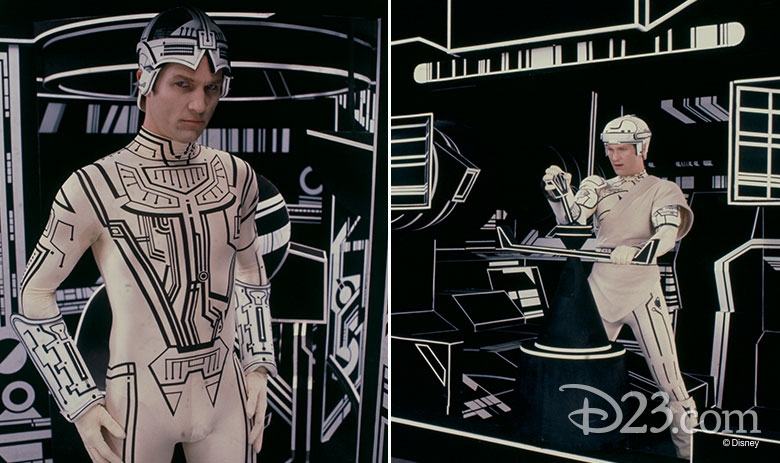
Going off the Grid
The results were so convincing that many thought the film was done entirely by computer, even though the technology didn’t even exist at that time. Audiences took for granted all the hand-done, time-consuming technical effects that went into the film. The Academy even failed to nominate the film for a much-deserved Best Visual Effects Oscar®; instead, TRON got the noms for Best Costume and Best Sound. “TRON was so unique that there really wasn’t anything to compare it to,” Lisberger explains. “So, in a way, they solved the problem by just ignoring it.”

A Hand-Drawn Computer World
Many people still assume TRON was created 100 percent by using computer graphics. When asked if it can be considered a handmade film, Lisberger fires back, “There’s no question that TRON is, first of all… a hybrid. It’s a live-action movie that then is dismantled, and goes through the entire cel process of hand-animation. And then it’s reconstructed, colored, and the effects are put in. And it’s re-photographed like an animation film.” In the end, only a small percentage of TRON was computer-generated. All of the exteriors of the vehicles, including the memorable light cycles and their light trails, were animated on computer, as was the overbearing villainous MCP, the first onscreen CG character to deliver an acting performance; its design bore the characteristics of a human face.
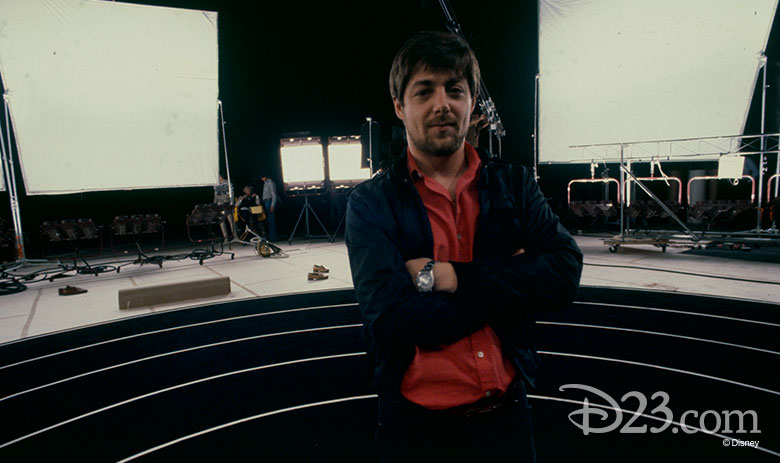
Lisberger acknowledges the incredible technical challenge of bringing TRON to life: “I think people at any other studio would have thrown up their hands and said, ‘This is impossible,’ but it was like an animated movie, and we were talking to the people at the Disney Studios about the fact that we had 100,000 frames of this or 200,000 frames of that and all this effects animation.” But, he recalls, it turned out that “We were speaking their language, and they were like: ‘Yep, we can do that.’” Lisberger concludes philosophically, “TRON has an analog soul, but it’s a movie about CG.”

Creating a Computer World with Kodaliths
Thousands and thousands of special animation cels, called Kodaliths, had to be created to achieve the film’s unique look, and each needed to be photographed separately. The Kodaliths contained everything for the main image of the character, along with all the details such as the circuit glow, eye and teeth highlights, effects animation, even a scene’s background. This was an enormous task, especially for the camera department staff, which had to keep all of these special elements organized. “We were not trying to reinvent the wheel. We were trying to make a whole different wheel that was not necessarily round,” master matte artist and TRON associate producer Harrison Ellenshaw explains. “All movies until TRON were set in an established genre. TRON created a new one.”

Going to the Next Level
TRON was the first film to have a coin-operated video arcade game created to tie into the film’s story line. Today, it’s common practice to market and promote action-based movie properties by creating a tie-in videogame, but it was unheard of in 1982. Following the success of the TRON arcade game, Bally Midway created an innovative sequel, Discs of Tron, in 1983. This game featured an enclosed cabinet that allowed a player to step inside to simulate the feeling that you were within TRON’s world. It had exciting external flashing light effects that illuminated in sync with your actions during game play. Years later, the stunning TRON 2.0 brought fans back into the grid, which you can read about in our list of favorite Disney video games (LINK: https://d23.com/level-up-your-nostalgia-with-these-classic-disney-video-games/).
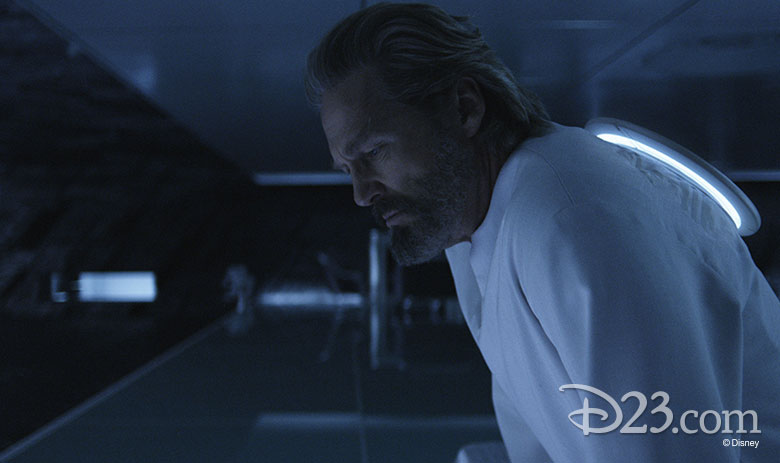
Predicting the Future
Reflecting on the 2010 film TRON: Legacy, Lisberger says, “One of the craziest things is that I made up that whole idea of scanning Jeff Bridges in the first film with a laser (so he could enter into the computer world), and MCP puts him on the game grid, and that’s how we do it now!” He continues, “We actually scanned Jeff Bridges, and in real time he pops up, you know, his low-res version on the game grid.” In order to recreate a younger Jeff Bridges as Clu (a program that Kevin Flynn sends inside the computer world to locate his stolen files appropriated by the villainous Sark and the MCP), a four-camera head rig was used to capture and scan Jeff’s facial performance. The computer is actually able to render Jeff Bridges’ face the way he looked in the first film. A body double on set portrays Clu’s physical movements and the computer superimposes Jeff’s facial performance onto the body double, resulting in Clu as we remember him from 1982.
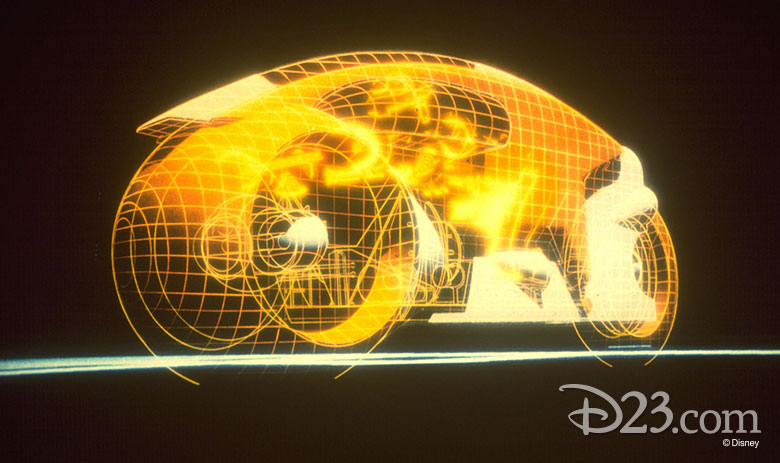
Keep Moving Forward
Life imitates art in many ways, and TRON was the first film to imagine just what a computer world would be like. Perhaps the reason TRON fascinates and always captures the imagination is its unique combination of technical mediums that depict a very possible world of the future. In 1982, filmmakers said, “How do we generate a computer world?” The answer was to create techniques that made images appear to be computer generated, even though computers could only provide limited help at the time. The same question was asked in 2010.
Now, when the look of the original film could actually be created on a laptop, TRON’s world advanced, has become far more complex. History repeats itself, imagination moves forward, turning the dreams of filmmakers, and TRON aficionados, into dazzling reality.



